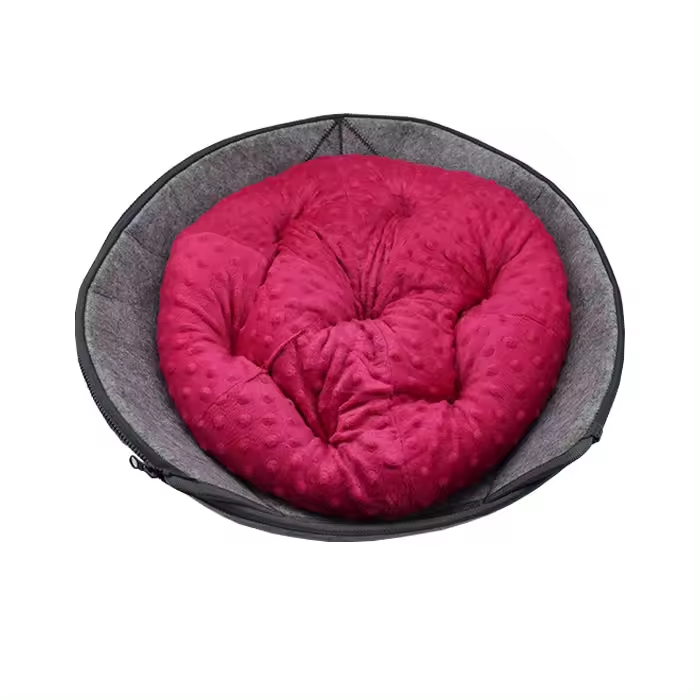The Versatility of Interior Wall Panels
Interior wall panels have become increasingly popular in home design, offering both aesthetic appeal and functional benefits. Whether you’re renovating an existing space or building a new home, incorporating wall panels can significantly enhance the overall look and feel of your interiors.
Types of Interior Wall Panels
The variety of interior wall panels available on the market today is staggering. From traditional wood to modern composite materials, there’s a panel to suit virtually every style and budget. Wood panels offer a classic, warm feel that can fit into a rustic or contemporary design. Reclaimed wood, in particular, brings a sense of history and character to a space.
For those looking for a more modern twist, MDF (medium-density fiberboard) panels or engineered wood provide an array of finishes that can mimic the appearance of solid wood but are often more cost-effective. Additionally, these materials can be painted or stained to match any décor.
Vinyl and PVC panels are also gaining traction due to their durability and ease of installation. These materials are resistant to moisture and mold, making them ideal for areas like bathrooms or basements. Their lightweight nature also simplifies the process of mounting them on walls, inviting DIY enthusiasts to take on home improvement projects.
Aesthetic Enhancements
One of the primary reasons homeowners choose to install interior wall panels is for the aesthetic enhancement they offer. Panels can create a focal point in any room, adding texture and depth. Whether it’s a sleek, modern design in a living room, a cozy wood paneling in a den, or an artistic feature wall in a home office, the right panels can radically transform a space.
interior wall panel

Textural contrast can also be achieved by mixing different materials. Combining wood panels with metallic accents or even incorporating painted sections can contribute to a unique, layered look. The use of patterned panels can add another dimension, turning a simple wall into a piece of art.
Functional Benefits
Beyond aesthetics, interior wall panels provide practical benefits as well. They can improve insulation, contributing to energy efficiency by helping regulate indoor temperatures. Additionally, panels can be used to conceal imperfections in existing walls, minimizing the need for extensive repairs before installation.
Another significant advantage is the ease of maintenance. Many wall panels are designed to resist stains and easy to clean, making them a practical choice for busy households. Homeowners with children or pets often find these materials advantageous as they can withstand wear and tear better than traditional painted walls.
Installation Flexibility
Installation of interior wall panels can be straightforward, with many options available as snap-together or adhesive-based systems. This flexibility allows homeowners to either hire professionals or tackle the project themselves, depending on their comfort level and skill set. Additionally, the ability to easily remove and replace panels means that spaces can be updated and refreshed over time without a complete overhaul.
Conclusion
In summary, interior wall panels are a versatile and stylish solution for enhancing home interiors. With a wide array of materials, designs, and benefits, they cater to varied tastes and practical needs. Whether aiming for a modern minimalist look or a cozy rustic feel, wall panels can bring any vision to life, making them a worthwhile consideration for any home renovation project.
